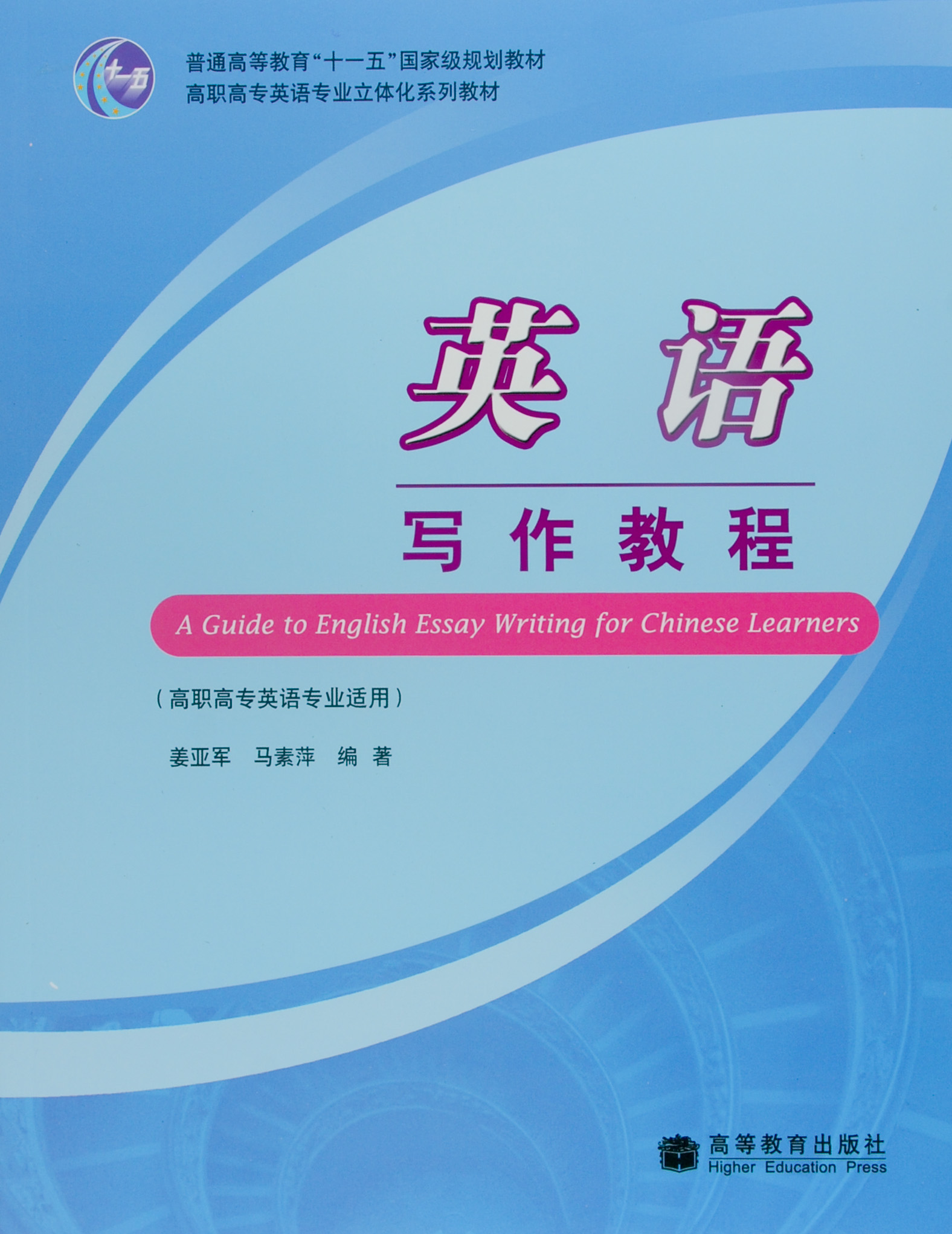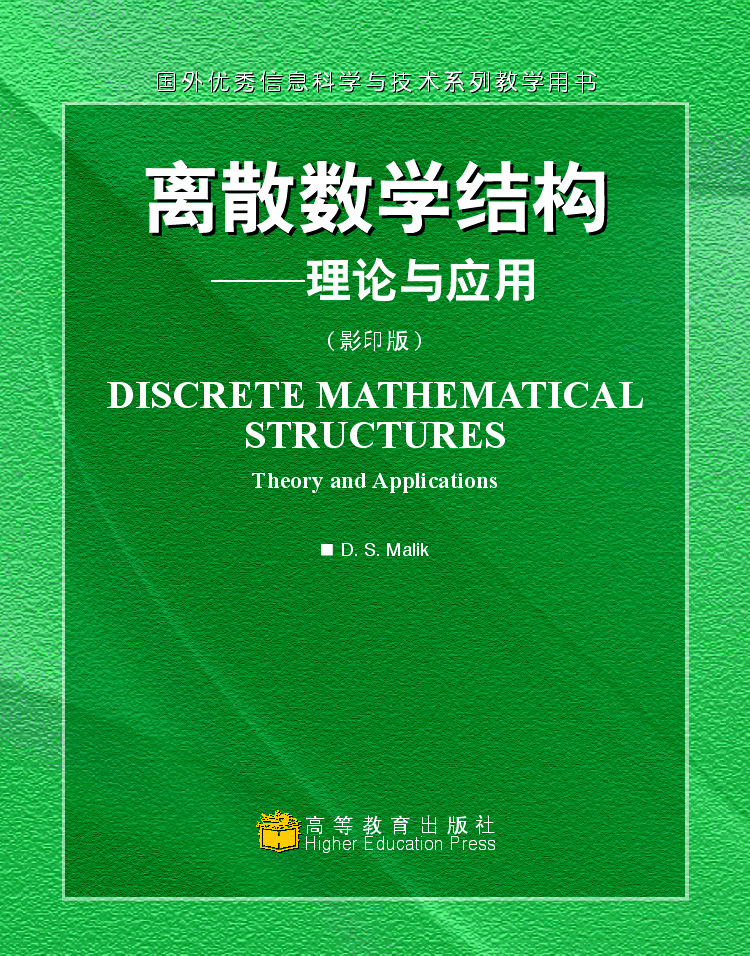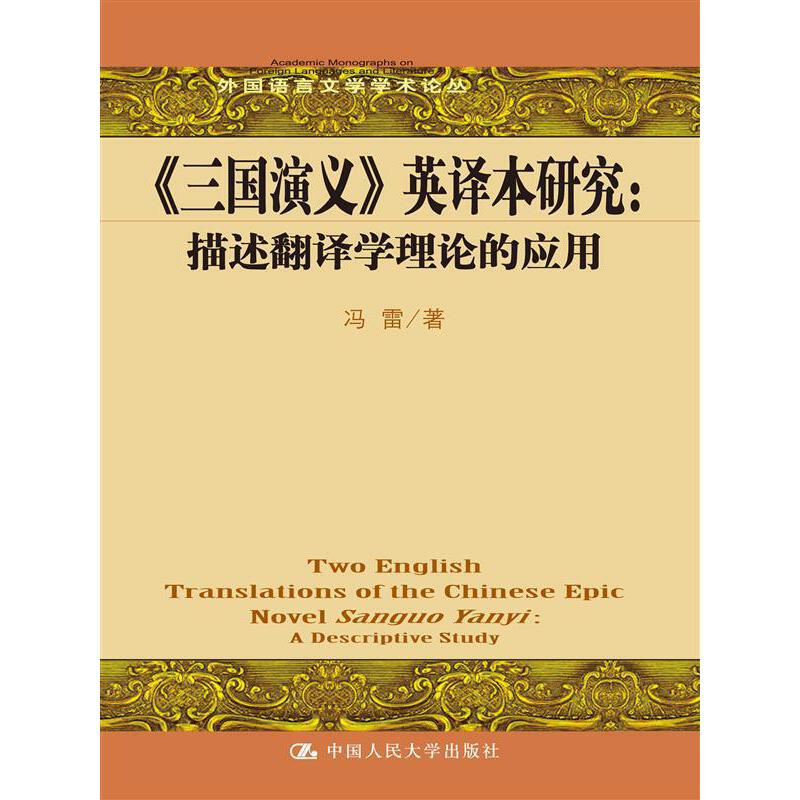设计与制造基础(英文版)
作者: 杨培中,蒋丹,胡永祥,夏唐斌
出版时间:2023-01-29
出版社:高等教育出版社
- 高等教育出版社
- 9787040577501
- 1版
- 458538
- 48264856-5
- 平装
- 16开
- 2023-01-29
- 660
- 416
- 工学
- 机械类
- 工学
- 本科
This textbook is the reform textbook of the Design and Manufacture series courses at Shanghai Jiao Tong University. It seeks to integrate design and manufacture and takes engineering design as its main preoccupation before integrating design methods, engineering representations, engineering mathematics, material/processing and engineering economics. It seeks to promote engineering design ability, visual thinking and representation ability, digital modeling ability, product processing ability and team cooperation and communication skills.
This textbook is suitable for students who major in science and engineering, and it will be of particular interest to those who major in mechanical engineering. Majors in related fields and engineering designers will also find much of interest.
前辅文
Chapter 1 Introduction to Engineering Design
1.1 Chapter Overview
1.2 Design and Its History
1.2.1 The design concept
1.2.2 A brief history of design
1.2.3 The design principles
1.3 Engineering Design
1.4 Product Life Cycle
1.5 Engineering Design Process: An Example
1.5.1 Market survey and QFD
1.5.2 Conceptual design
1.5.3 Detailed design
1.5.4 Prototyping
1.5.5 Conclusion
1.6 Summary
1.7 Exercises
1.8 References
Chapter 2 The Design Team
2.1 Chapter Overview
2.2 The Designer
2.3 The Design Team
2.4 The Design Report
2.5 Oral Presentation
2.6 Summary
2.7 Exercises
2.8 References
Chapter 3 Problem Specification
3.1 Chapter Overview
3.2 Customer Requirements
3.3 Market Survey
3.4 Patent Survey
3.5 Quality Function Deployment
3.5.1 Quality function deployment
3.5.2 Establishing the house of quality
3.5.3 The four phases of the house of quality
3.6 Summary
3.7 Exercises
3.8 References
Chapter 4 Concept Generation and Evaluation
4.1 Chapter Overview
4.2 Brainstorming, Innovation and Ideation
4.2.1 Brainstorming
4.2.2 Innovation and ideation
4.2.3 Investigation and research
4.3 Sketches
4.4 Concept Evaluation
4.5 Summary
4.6 Exercises
4.7 References
Chapter 5 Detailed Design
5.1 Chapter Overview
5.2 Overview of Detailed Design
5.3 Engineering Drawing in Engineering Design Representation
5.3.1 Three views of a solid
5.3.2 Axonometric projection
5.3.3 The representation method of parts
5.3.4 Detail drawing
5.3.5 Assembly drawing
5.4 Computer Geometric Modeling in Engineering Design Representation
5.4.1 Wireframe modeling
5.4.2 Surface modeling
5.4.3 Solid modeling
5.4.4 Integrated example
5.5 Summary
5.6 Exercises
5.7 References
Chapter 6 Materials and Manufacturing
6.1 Chapter Overview
6.2 Engineering Materials and Properties
6.2.1 Development of engineering materials
6.2.2 Classification of materials
6.2.3 Properties of engineering materials
6.2.4 Physical properties of engineering materials
6.2.5 Mechanical properties of engineering materials
6.2.6 Chemical properties of engineering materials
6.3 Manufacturing
6.3.1 Definition
6.3.2 Manufacturing Principles
6.3.3 Manufacturing process
6.3.4 Manufacturing quality
6.4 Material Invariance Process
6.4.1 Overview
6.4.2 Solidification
6.4.3 Plastic forming
6.4.4 Welding
6.5 Material Removal Process
6.5.1 Overview
6.5.2 Cutting
6.5.3 Nontraditional machining
6.6 Material Accretion Process
6.6.1 Overview
6.6.2 Additive manufacturing
6.7 Summary
6.8 Exercises
6.9 References
Chapter 7 Uncertainty in Engineering Design
7.1 Chapter Overview
7.2 Probability
7.3 Statistics
7.3.1 Representation of statistical data
7.3.2 Continuous distribution
7.3.3 Combining statistics
7.3.4 Statistical process control
7.4 Regression Analysis
7.4.1 Basics of regression
7.4.2 Application of the regression analysis—Taylor’s Tool Life Equation
7.5 Summary
7.6 Exercises
7.7 References
Chapter 8 Basics of Optimization in Engineering Design
8.1 Chapter Overview
8.2 Multiobjective Optimization
8.3 Differential Optimization Method
8.4 Linear Programming Optimization Method
8.4.1 Examples of linear programming in engineering
8.4.2 Graphical method for linear programming
8.5 Summary
8.6 Exercises
8.7 References
Chapter 9 Ergonomics in Engineering Design
9.1 Chapter Overview
9.2 Humanoriented Design
9.3 Design for Safety
9.4 Design for Environment
9.5 Summary
9.6 Exercises
9.7 References
Chapter 10 Engineering Economics
10.1 Chapter Overview
10.1.1 Overview
10.1.2 Engineering and economics
10.1.3 Study goals
10.2 Total Product Cost
10.2.1 General cost terms
10.2.2 Classifying costs for financial statements
10.2.3 Cost classification for predicting cost behavior
10.3 Economic Decision Making
10.3.1 Engineering economic decisions
10.3.2 What makes the engineering economic decision difficult?
10.3.3 Economic versus design decisions
10.3.4 Fundamental principles of engineering economics
10.4 Time Value of Money
10.4.1 Interest: the cost of money
10.4.2 Elements of transactions involving interest
10.4.3 Methods for calculating interest
10.5 Cash Flow
10.5.1 Cash flow diagrams
10.5.2 The five types of cash flows
10.5.3 Single cash flow formulas
10.5.4 Uneven payment series
10.5.5 Equal payment series
10.5.6 Lineargradient series
10.5.7 Geometricgradient series
10.6 Net Present Value
10.7 Rate of Return
10.7.1 Return on investment
10.7.2 Return on invested capital
10.7.3 Methods for finding the rate of return
10.7.4 Internalrateofreturn criterion
10.8 Summary
10.9 Exercises
10.10 References
Appendix A Projections of Points, Lines and Planes
A.1 Projections of Points
A.1.1 Projections of points in a doubleprojection system
A.1.2 Projections of points in a tripleprojection system
A.1.3 Find the 3rd projection of a point according to its two given projections
A.1.4 Relative position of two points
A.2 Projections of Lines
A.2.1 Basic concept of projections of lines
A.2.2 Projection features of straight lines in various positions
A.2.3 True length and inclination angles with the projection planes of an oblique line
A.2.4 Relative positions of a point and a line/ relative positions of two lines
A.3 Projections of Planes
A.3.1 Representation of planes
A.3.2 The projection properties of planes
A.3.3 Points and lines on a plane
A.4 Exercises
Appendix B Standard Parts/Commonly Used Parts and Their Representations
B.1 Threads and Threaded Fasteners
B.1.1 Formation of threads
B.1.2 Principal parameters of threads
B.1.3 Representation of threads
B.1.4 Thread marks
B.1.5 Threaded fasteners
B.2 Key
B.2.1 Marks of keys
B.2.2 The drawing method of a keyway and its dimensioning
B.2.3 The representation of a key joint
B.3 Pin
B.3.1 Marks of pins
B.3.2 Representation of pin joints
B.4 Gear
B.4.1 Geometric elements and dimensions of a spur gear
B.4.2 Calculation formula of basic sizes of the standard spur gear
B.4.3 Conventional drawing of spur gears
B.5 Exercise
Appendix C Introduction to the National Standard of China for Mechanical Drawing
C.1 Size and Layout of Drawing Sheets
C.1.1 Format of drawing sheets
C.1.2 Frame format of drawing sheets
C.1.3 Title block
C.2 Scales
C.3 Lettering
C.4 Line Types
C.5 Dimensioning
Appendix D Specifications of Threads, Keys and Pins
D.1 Threads and Threaded Fasteners
D.2 Keys
D.3 Pins
Appendix E Parameters of the Limit and Fit





